The overall responsibility for building the current campus at North Avenue and Northfield fell, in 1949, on the exceptionally capable shoulders of the synagogue’s honorary president, Stanley Irving Batkin z”l. Mr. Batkin’s father and grandfather had been instrumental in building their respective Brooklyn synagogues and, as Mr. Batkin explained, “I always felt that I would one day have the opportunity to take an active role in building a House of Worship.” And so it came to be. With a talented building committee chaired by Alfred Goldstein, Mr. Batkin spent the next two-plus decades gathering the knowledge, tools, artists and artisans to create our house of worship. His scholarly dedication provided the perfect complement to the endeavors of Edgar Tafel, the architect who created the final component of the complex in northern New Rochelle, including our main sanctuary.
Among the fruits of Stanley Batkin’s research and travels and Edgar Tafel’s designs are a number of uniquely beautiful sanctuary features. For example:
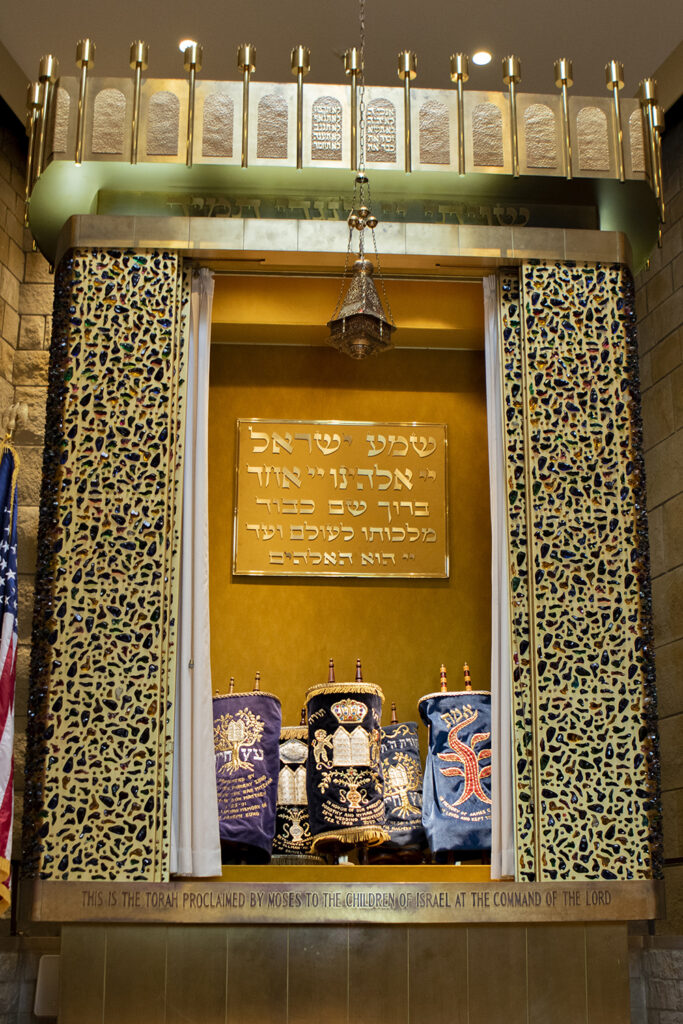
Aron Kodesh (Holy Ark). In tribute to the Kingdom of Denmark which, alone among the states of Europe, rescued its Jewish citizens during the Nazi Holocaust, Stanley Batkin incorporated into our design Hebrew phrases embedded in the ark found in the main synagogue of Copenhagen.
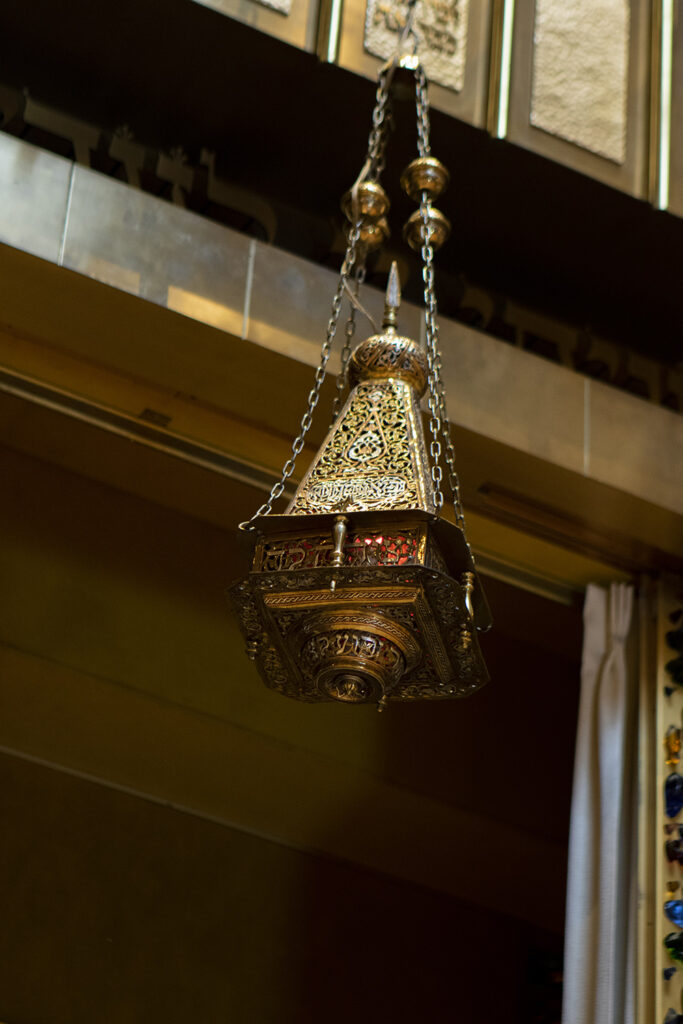
Ner Tamid (Eternal Light). This light hung for centuries in a Damascus synagogue.
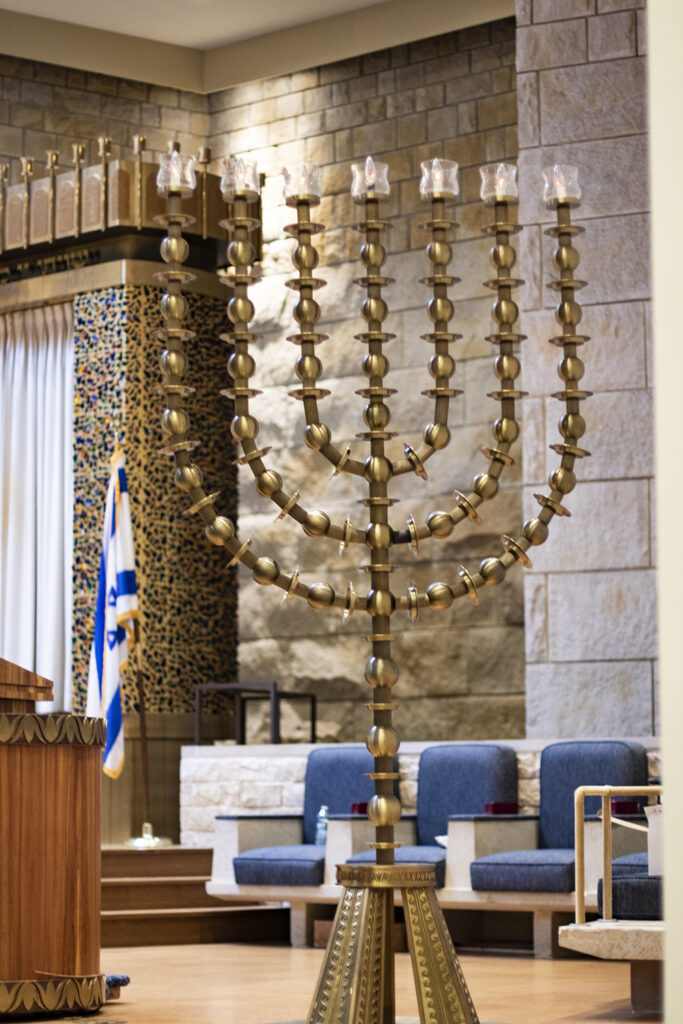
Ancient Temple Replica Stone. Implementing a suggestion from Rabbi Golovensky, the stone facing of the sanctuary’s eastern wall, behind the ark, is a representation of the Western Wall in Jerusalem. Our wall closely reproduces the sizes, shape, and colors of Jerusalem’s Western Wall, even to the narrowest stones in the upper portion which were placed on the original wall between the 12th and 15th centuries.
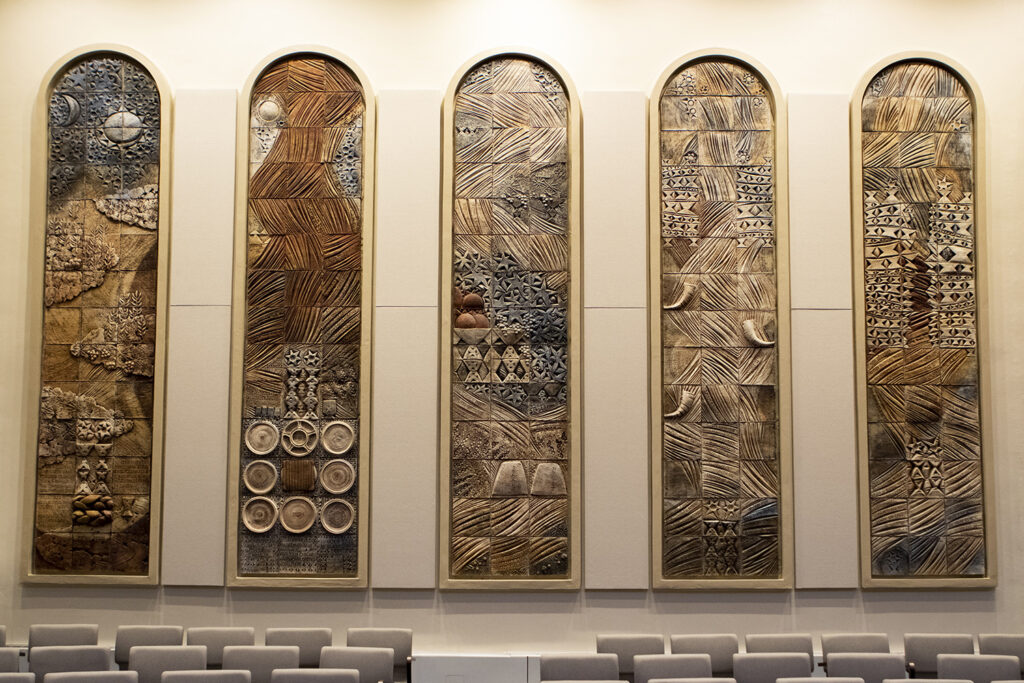
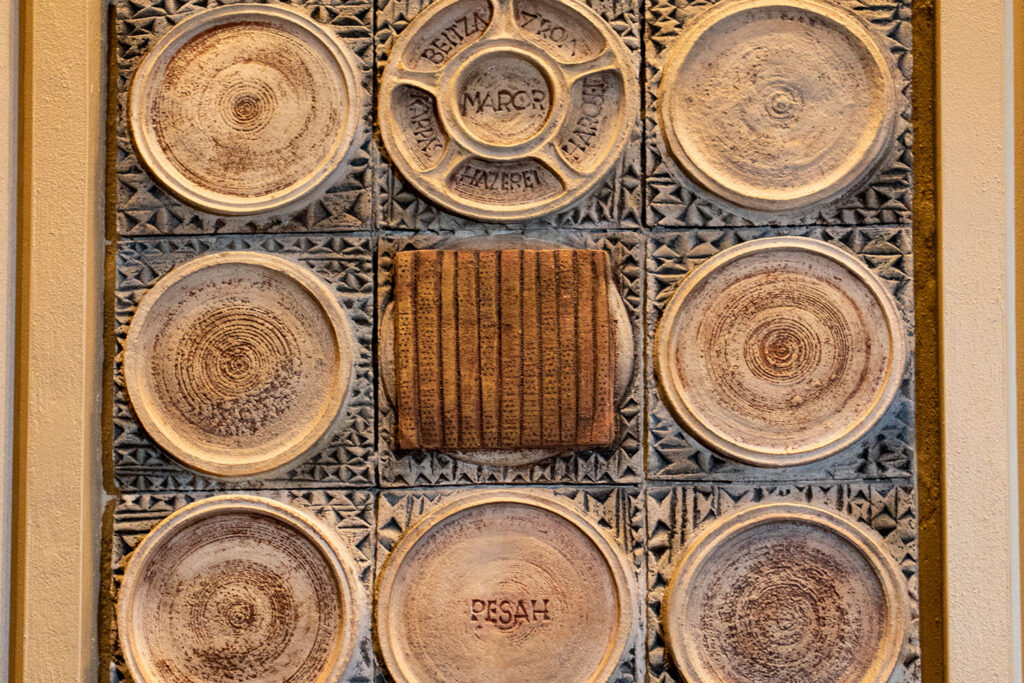
Holiday Murals. Israeli artist Gula Ogen created the ten wall hangings, five on either side of the sanctuary, representing Shabbat and Jewish holidays. Ms. Ogen used clay tile to create panels in Israel which would ultimately be cemented to Beth El’s sanctuary walls. Colors were deliberately muted. The first six panels arrived in New Rochelle via ship; the last four via El Al Airlines. Ms. Ogen spent two weeks at Beth El with a team of five tile setters in the painstaking task of setting the tiles in place.

Clerestory Window. The rear of the sanctuary displays fifteen clerestory windows, each picturing a musical instrument of the Bible. Born out of Stanley Batkin’s ideas in cooperation with then-Cantor Lawrence Avery, the windows were designed by Belgian artist Benoit Gilsol.